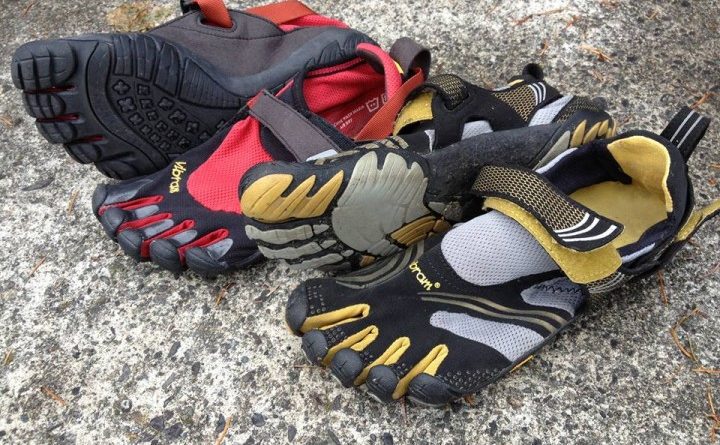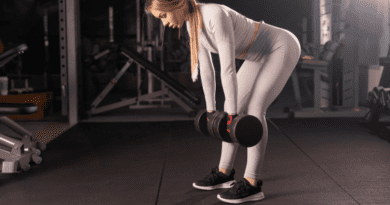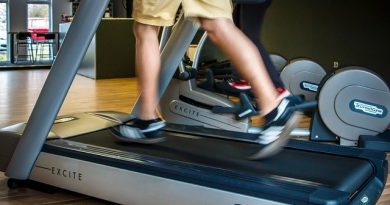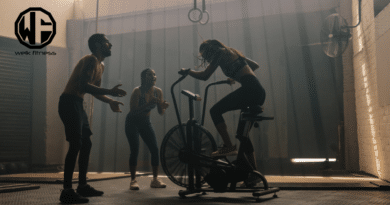Getting More By Going Bare (Foot): Minimalist Shoes
The craze that we have all been hearing about is really nothing “new.” These types of ideas and products have been around since the late 1930’s thanks to a man named Vitale Bramani. Vitale created the first rubber lugged shoes used for mountaineering. It is because of this new concept, Vibram shoes (and other minimalist shoes) have conquered many of the world’s tallest peaks.
Related Article: Do Recovery Shoes Work or Are They a Scam?
To fully understand why anyone wouldn’t want those air-filled sacs under their normal running shoes, let’s first understand more about the foot/ankle. The feet combine not only structural strength but also mechanical intricacy whereas the “shock absorber” and foundation of a running movement comes from the ankle. The foot alone contains 1/4 of the body’s bones (26 bones in each foot). Along with all those bones come 33 joints and more than 100 muscles, ligaments, and tendons per foot. Together they work to help you move in all directions and maintain your stability and allow for propulsion.

Disclaimer: This article is for informational purposes only and is not meant to treat or diagnose any condition. It is recommended that you speak with your doctor before starting any exercise program, changing your daily nutrition, or adding any supplements to your regimen.
Why Minimalist Shoes?
There are many different types of running styles — heel striking, forefoot striking, and midfoot striking. All of these styles exert different forces on the body, forces that can hinder performance, biomechanics, and can also increase the chances of injury. The style that causes the largest forces on the body is heel striking. This method is where the heel strikes the ground and then the rest of the foot follows. This method actually sends the forces all the way up the body (not ideal). With forefoot striking the front of the foot touches the ground first with the rest of the foot following. This exerts the lowest amount of forces on the body (a good thing).
Related Article: Foot Fitness — How Barefoot Shoes Enhance Strength and Flexibility
Related Article: My Blue Suede Shoes Get Me Business?
Lastly, midfoot striking is when the heel and the ball of the foot hit simultaneously. Because the forces are spread out over the whole foot rather than a specific sections the forces applied to the body can either be similar to a heel strike or less depending on where the center of pressure is during impact with the ground (which causes many problems with the lower body and makes those wearing such a shoe more injury prone). These forces can cause issues in the feet, ankles, shins, knees, and hips. So, where do minimalist shoes come into play?
Click here to continue reading…


*Disclosure: This article may contain affiliate links or ads, which means we earn a small commission at no extra cost to you if you make a purchase through these links. These commissions help support the operation and maintenance of our website, allowing us to continue producing free valuable content. Your support is genuinely appreciated, whether you choose to use our links or not. Thank you for being a part of our community and enjoying our content.
PLEASE CONSIDER SHARING THIS ON YOUR SOCIAL MEDIA TO HELP OTHERS LEARN MORE ABOUT THIS TOPIC.





